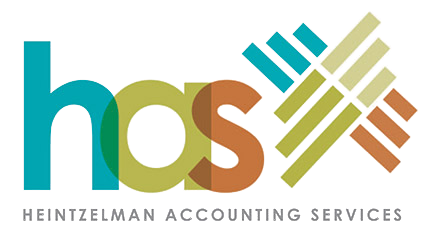Breakeven analysis is an important and useful tool in business. Whether you’re starting a new business, expanding current operations, contemplating an acquisition, downsizing, or approaching banks and other potential lenders, you’ll want to know your breakeven.
Breakeven is defined as the point at which costs equal income – no profit, no loss. It’s an excellent starting point for finding out where your business is and where it can go. Breakeven is the first step in planning future growth. It shows how much sales volume you need to cover fixed and variable expenses. Once your company has reached breakeven, all gross profit beyond that point goes directly to improving the bottom line.
Of course, breakeven analysis has limitations. For example, it ignores the importance of cash flow and makes the assumption that fixed and variable expenses will stay within the parameters used to calculate the breakeven point. Despite these shortcomings, breakeven can help with business planning.
Here’s how to calculate your business’s breakeven.
First, review your annual financial statement to learn your fixed and variable expenses. Fixed expenses are those that don’t generally vary in relation to sales volume. Rent, for example, usually stays constant no matter the amount of your sales. The same is typically true for depreciation, utilities, and insurance.
Variable expenses are the cost of goods sold and other costs of sales, such as direct labor and sales commissions.
What about costs that are part fixed and part variable? Split these into separate categories based on your knowledge of your business.
Next, compute your gross profit percentage by dividing your net sales less your cost of goods sold by your net sales. Then divide your fixed costs by your gross profit percentage to arrive at breakeven.
Example: Say your fixed costs are $10,000 and your gross profit percentage is 25%. Your breakeven point is sales of $40,000 ($10,000 ÷ 25% = $40,000).
Too much math? Call us. We’re happy to help you calculate your business’s breakeven point and evaluate your profit structure.


Recent Comments